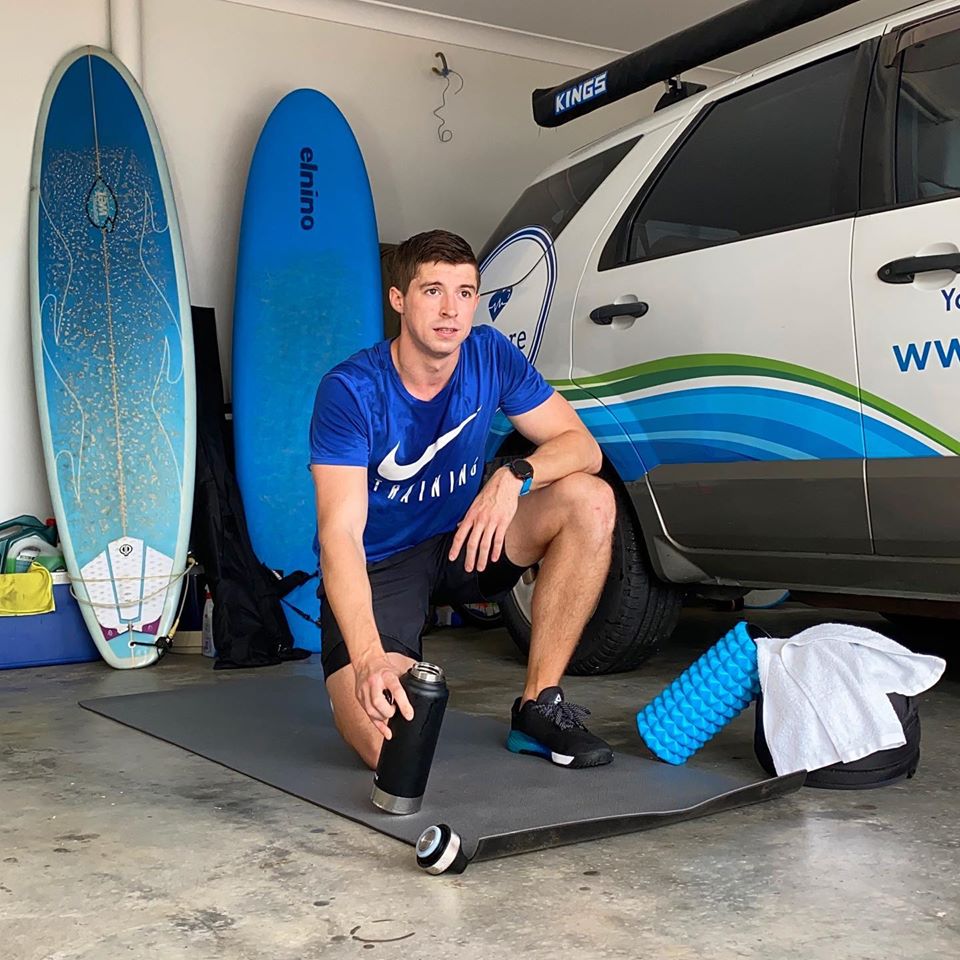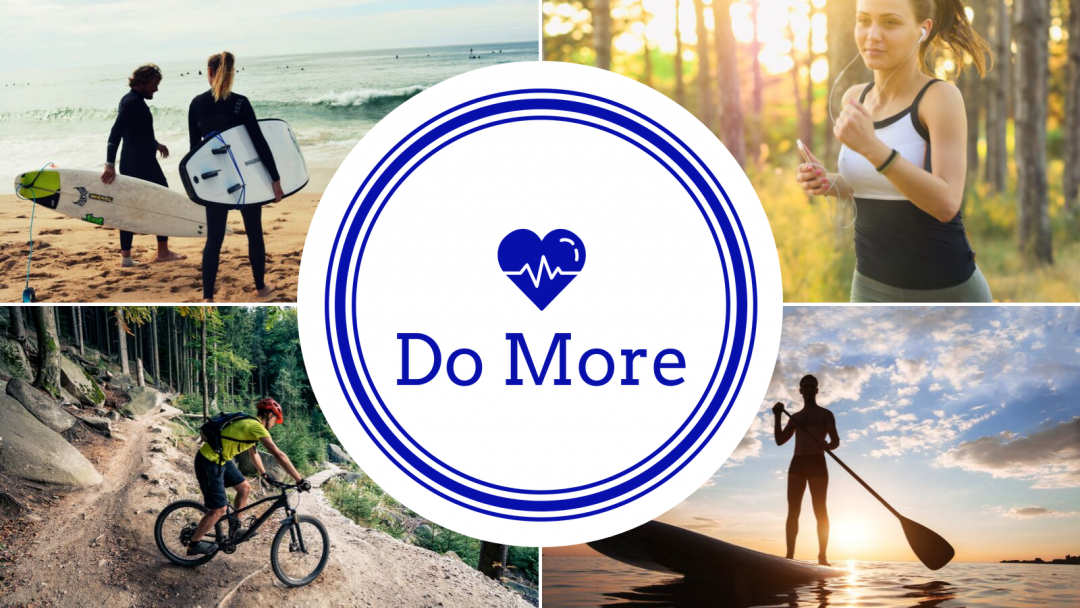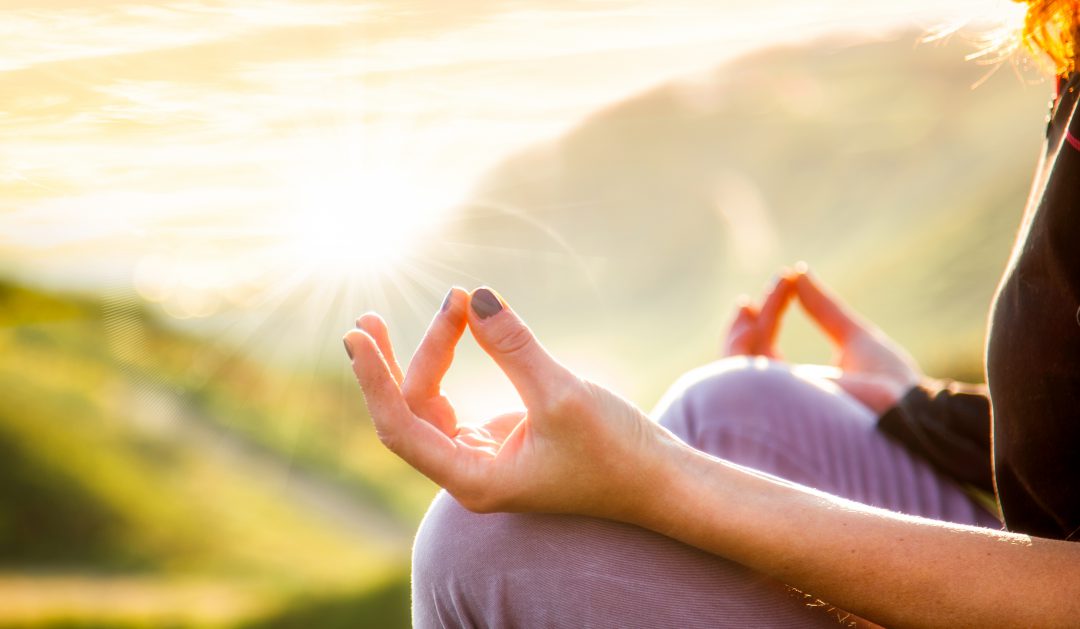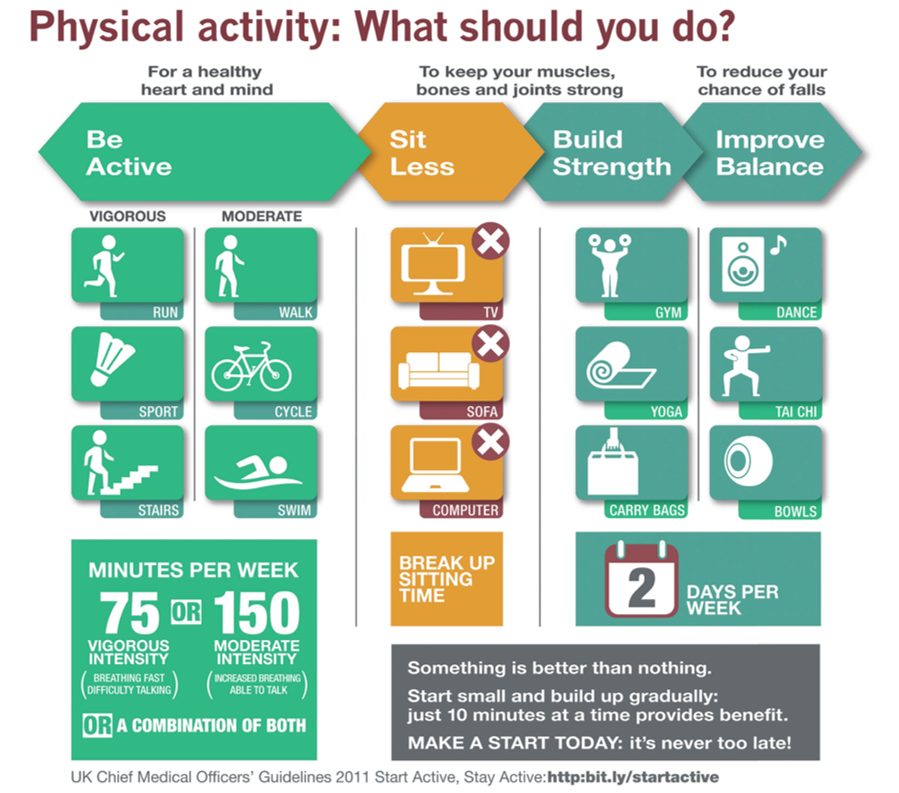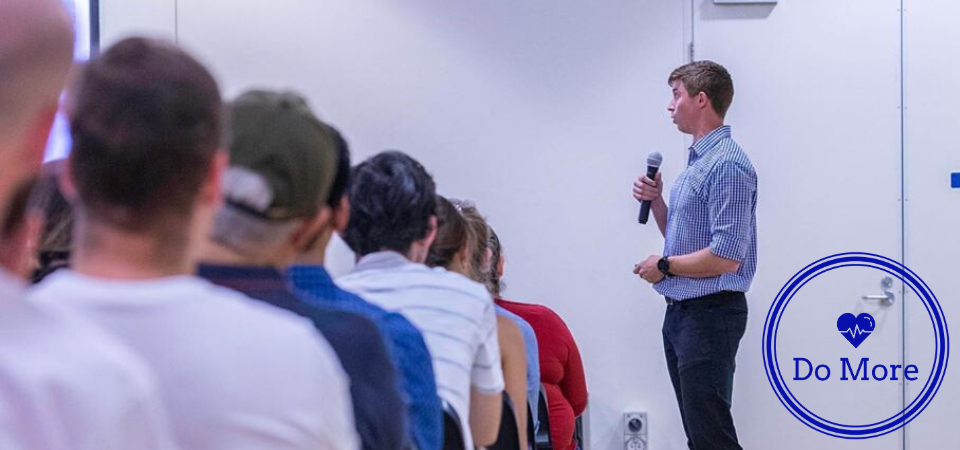Self-Isolation and Social Distancing: Do More at Home
Those of us who have experienced home isolation, even just for 48 hours waiting for a SARS-COV2 test result, understand the importance of managing our mental health with a restricted lifestyle. Exercise is still permitted!
In this article we’ll look at how to adapt and engage with exercise that will comply with the new regulations to keep you and your community safe.
Headspace in a Confined Space
Our daily routine has significantly changed. No more commuting, although you may now be dealing with the challenge of keeping yourself and your children entertained. Whether you’re finding less free time or more than you can shake a stick at, change can distract from activities that sustain us. Take a moment to re-evaluate – is exercise a priority?
Exercise during a time of crisis creates a positive focus within our sphere of control. Something we can do to work on our own mental and physical health at a time that has everyone worried about illness. Find a way to include something active into your day, if you’re not short on time try twice a day. You don’t always have to move at 100% as long as you’re moving!
Home Workouts
If you haven’t seen any home workouts…where have you been? Personal trainers all over the world aren’t able to see clients but are still passionate about keeping us moving. Keep the following in mind:
Find a style that suits you
This could include high intensity interval training (HIIT), strength training, yoga, pilates, dance, equipment-based or bodyweight only. If in doubt, try a few different workouts
Trial and Error
There will be a lot of error! Maybe you were comfortable with your training before but now we’re all adapting. Expect a few hurdles and don’t expect to grasp everything immediately. I’ve tripped over my skipping rope more times than you can imagine – be patient, it will get better
Modify movements
Most trainers will give tips on how to do this but if they don’t you have my permission to do so. Look after yourself because injury will only set you back, safer to modify and continue to progress.
Mix it up
Even the World Health Organisation advise us to include cardio, strength training and balance work as part of our complete physical activity quota. Remind yourself of the benchmark with my earlier article “How much is enough?” Keeping a variety will help motivation and condition against injury.
Be accountable
Home exercise gives way to the temptation of missing a rep, skipping a session, or not starting at all. Tell a friend or your partner, write it down too. Ensuring that you’re accountable to someone will greatly increase your chance of exercising.
Get Outdoors
Getting outdoors is currently still an option.1 It’s paramount that we all practice social distancing especially as exercising increases ventilation which can increase transmission of coronavirus. Runs, walks, bike rides, ocean swimming and outdoor equipment-free workouts are all great options. Use this time to explore new routes to avoid interaction with others but remain safe.
If you’re stuck for ideas on keeping active or haven’t quite found the home workout that suits you, contact Dr Ash with @doctordomore (Instagram) or Dr Ash Bowden (Facebook).
I challenge you to Do More. Stay active, stay safe and stay sane
By Dr Ash Bowden
@doctordomore


Important Safety Information2
Social Distancing
The more space between you and others, the harder it is for coronavirus to spread.
Stay at home and only go out if it is absolutely essential.
Keep 1.5m (or two arms lengths) away from others
Avoid physical greetings e.g. handshakes and hugs
Use tap and go instead of cash
Travel at quiet times and avoid crowds
Avoid public gatherings and at risk groups
Self-Isolation
You must self-isolate if any of the following applies:
- You have tested positive COVID-19
- You have been in close contact with a confirmed case of COVID-19
- You arrived in Australia in the last 14 days
Self-isolation means staying at home or in your hotel room for 14 days. This is to prevent the possible spread of coronavirus to others. This means:
- You cannot leave your home/hotel unless it is an emergency
- You cannot go to public places
- You cannot let visitors in – only people who usually live with you should be in your home
If you develop symptoms whilst in isolation you should contact your doctor, unless an emergency do this via the telephone first.
1 Keep up to date with the Department of Health’s information including restriction on leaving the house. For more information on COVID-19 please visit the Department of Health’s website and if able, seek medical advice over the phone prior to a face-to-face consultation
2 Australian Government Department of Health – https://health.gov.au/news/health-alerts/

